More Like Late Summer
High pressure just off the coast of southern New England will continue to pump warm air north into the Finger Lakes for the next two days.
Our temperatures this morning are already well above the normal daily high with most places starting out near 70 degrees. Some morning cloudiness is spread across the region, which helped keep temperatures warm overnight.
As the day goes on, the cloud cover should become less and less. By the late afternoon, skies should be mostly sunny.
Winds will be consistent from the south-southwest. A few higher elevations could see a couple gusts approach 30 mph today.
All this will combine to produce temperatures in the low 80s across the northern Finger Lakes with upper 70s in the Southern Tier. Dewpoints will be near 70 degrees, making it also feel quite muggy out, especially by October’s standards.
Clear skies tonight should allow temperatures to back into the mid 60s, but it will be right back to the upper 70s and low 80s on Wednesday. Some clouds will work in during the afternoon, which should keep temperatures a degree or two lower than on Tuesday.
No rain is expected until Wednesday night as a cold front approaches. Showers and a couple thunderstorms will persist into Thursday morning and possibly even the early afternoon before pushing east.
High temperatures on Thursday will still reach into the 70s with cold air arriving Thursday night. Much cooler weather is expected through the weekend and beyond.
Hurricanes, Flooding, and Snow
I’d like to expand our view a bit this morning to address some interesting and intense weather going on around the country.
During the autumn and spring, the weather often gets very intense as cold air from the north battles warm air from the south. These imbalances create significant storm systems that can bring a wide variety of weather conditions.
Such is the case across the middle of the nation. The system that will bring rain to our region on Thursday will first produce widespread flooding rains from Texas to Michigan along with some severe weather.
On the backside of this system, the first lower-elevation snow event of the season will unfold across the northern Plains where several inches will fall across the Dakotas and northern Minnesota.

Michael formed in the western Caribbean over the weekend and has now moved into Gulf of Mexico. Michael is strengthening and is expected to be a Category 3, Major Hurricane at landfall in the Florida Panhandle Wednesday afternoon.
The areas where Michael is heading are particularly prone to destructive, life-threatening storm surge. The storm surge is where the winds of the hurricane literally push the ocean water onshore, rising the level of the ocean. Widespread surges over 9 feet high are expected.
Michael will race northeast late this week, bringing a dose of heavy rain throughout the Southeastern United States before departing via northern North Carolina.


Louise Henrie
Sounds like global warming to me
Meteorologist Drew Montreuil
This is very typical for the change of the seasons.